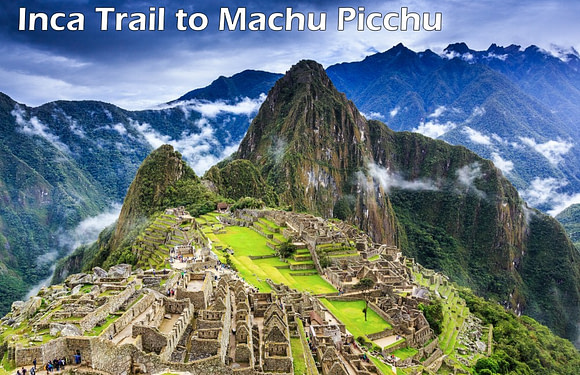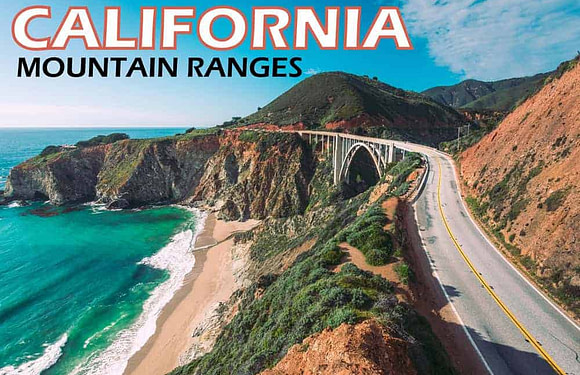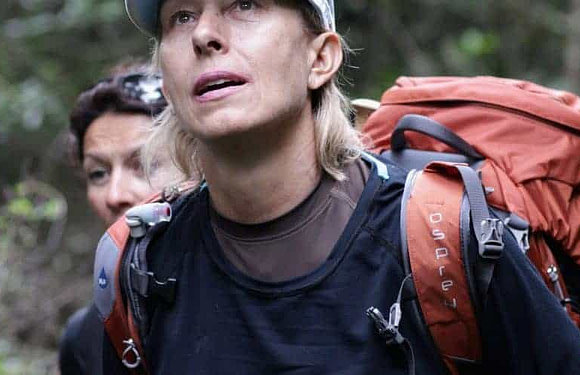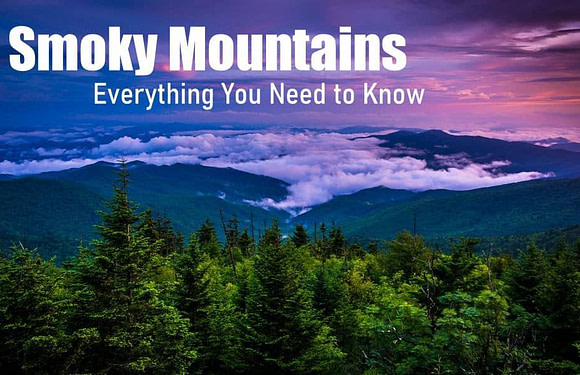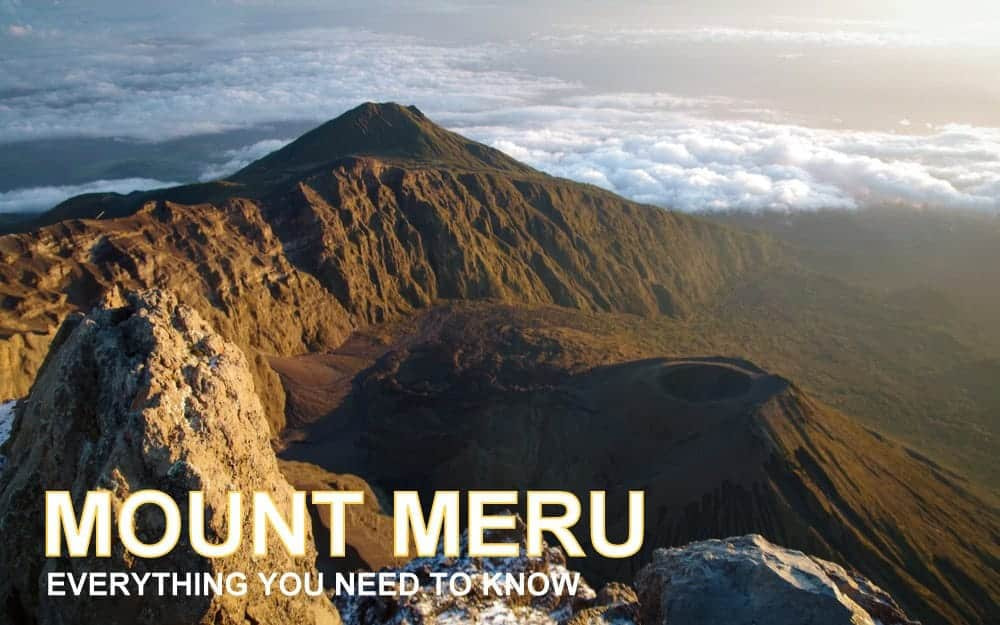
Mount Meru may be overshadowed by Kilimanjaro, but its rich wildlife, diverse ecosystems, and stunning views draw adventurers who are looking for a quieter alternative. Whether as preparation for Kilimanjaro or a stand-alone adventure, Mount Meru offers a blend of natural beauty and wildlife encounters that shouldn’t be missed.
Where is Mount Meru Located?
Mount Meru is located in northern Tanzania, within Arusha National Park. It rises high above the town of Arusha and is Tanzania’s second-highest mountain. Mount Meru is situated about 43 miles (70 km) from Mount Kilimanjaro, the tallest peak in Africa.
How Tall is Mount Meru?
Mount Meru is 14,977 feet (4,565 meters) tall. Mount Kilimanjaro, on the other hand, is 19,341 feet (5,895 meters) tall.
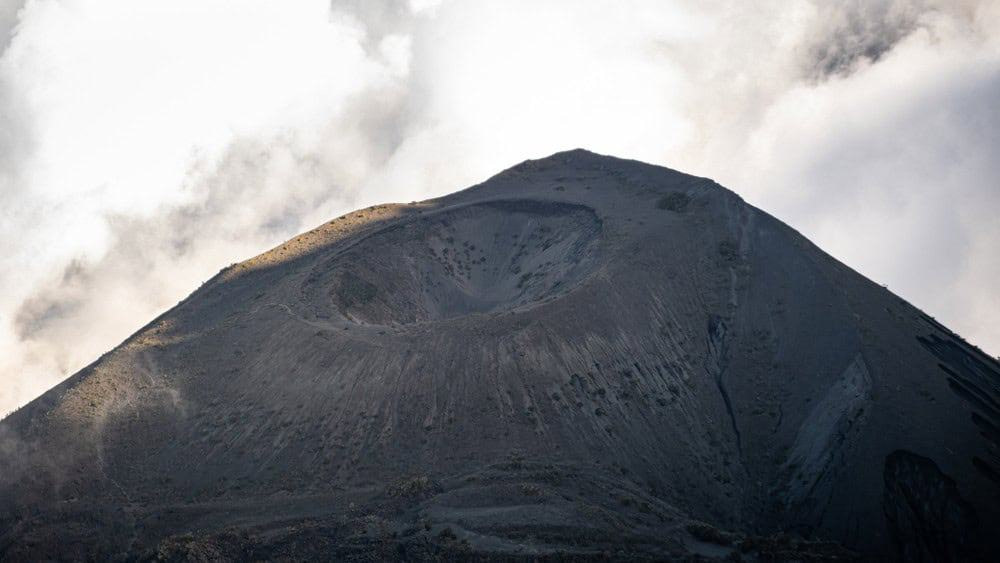
How Was it Formed?
Mount Meru is a stratovolcano formed by volcanic activity millions of years ago. Its last major eruption occurred around 8,000 years ago.
What Makes Mount Meru Unique?
Mount Meru’s most obvious feature is its horseshoe-shaped caldera, a result of a massive volcanic explosion. The original summit was destroyed in the eruption. The mountain’s main cone, dominated by layers of breccias and tephra (volcanic matter), reveals its turbulent past. This dramatic landscape sets this peak apart from other mountains.

Furthermore, Mount Meru stands out for its wildlife and biodiversity. Due to the presence of animals in the park, armed rangers accompany climbers on the lower slopes of Mount Meru, from the start of the trek at Momella Gate up to the Miriakamba Hut, ensuring that climbers can safely pass through these areas without any incidents. Once the group moves beyond the forested zones and into higher elevations, the risk of encountering dangerous wildlife decreases, and rangers do not accompany trekkers beyond that point.
As you ascend, you pass through diverse ecosystems, from rainforests to alpine desert. Meru also provides stunning views of Mount Kilimanjaro. On clear days, the sunrise over Kilimanjaro, seen from Meru’s summit, is one of the most breathtaking sights in Tanzania.
What Animals Can I See on Mount Meru?
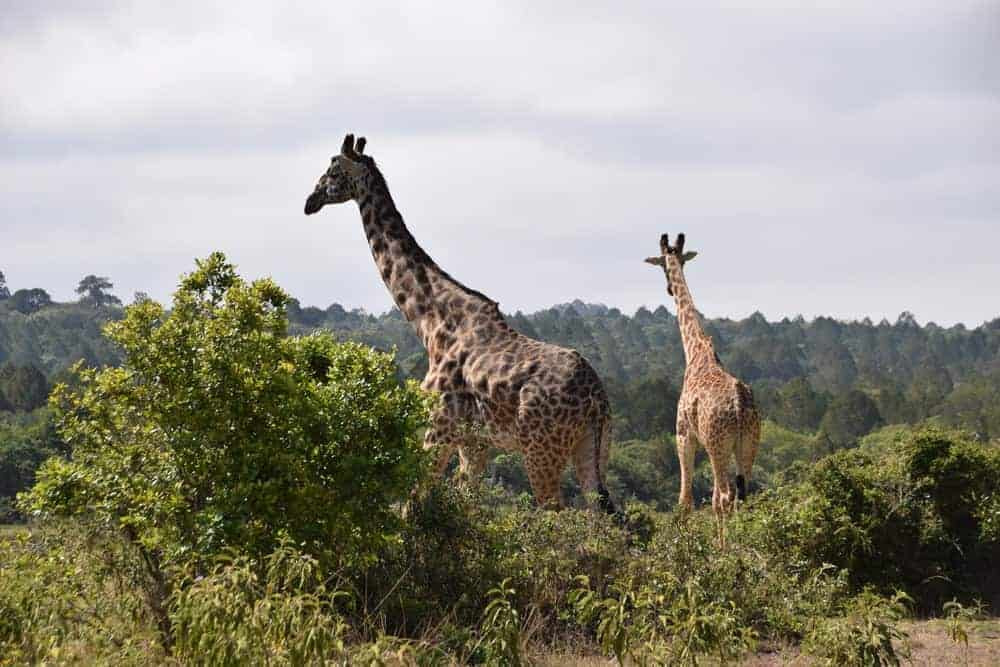
There is an abundance of wildlife species within the Arusha National Park, where Mount Meru is located. Animals commonly seen include buffalo, giraffes, colobus monkeys, blue monkeys, bushbucks, warthogs, zebras, waterbucks, hippos, and flamingos. Elephants, hyenas and leopards also live in the park, but are rarely seen. Additionally, the park also hosts over 400 bird species, such as turacos, trogons, and various waterbirds.
How Long Does it Take to Climb?
Climbing Mount Meru usually takes 3 to 4 days, depending on the pace and acclimatization. The 3-day and 4-day routes on Mount Meru follow the same general path but differ in pacing and acclimatization.

4-Day Mount Meru Route:
Day 1: Momella Gate to Miriakamba Hut
- Distance: 9 miles (14 km)
- Elevation: Start at 4,921 feet (1,500 meters), ascend to 8,250 feet (2,514 meters)
- Time: 4-6 hours
- The trek starts through the lower forest zone, with chances to spot wildlife like giraffes, elephants, and buffalo. You reach Miriakamba Hut for the night.
Day 2: Miriakamba Hut to Saddle Hut, plus Little Meru (optional)
- Distance: 3 miles (6 km) to Saddle Hut, 1 mile (1.6 km) for Little Meru
- Elevation: Ascend to 11,712 feet (3,570 meters) at Saddle Hut, and optionally climb Little Meru to 12,450 feet (3,810 meters)
- Time: 3-5 hours to Saddle Hut, plus 1-2 hours for Little Meru
- The trail gets steeper, passing through montane forests and into the moorland zone. Some climbers may choose to summit Little Meru for acclimatization.
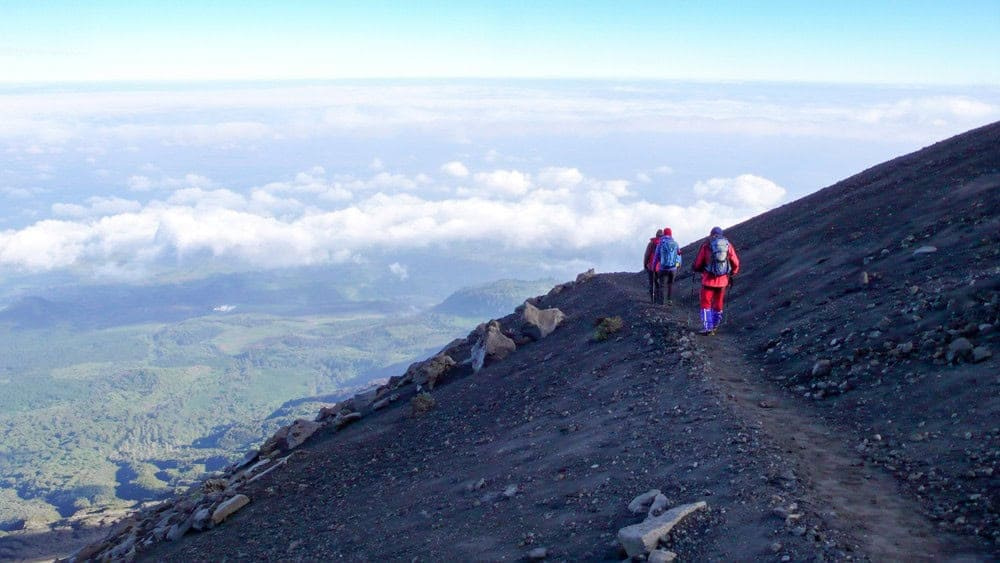
Day 3: Summit Day and Descent
- Distance: 11 miles (168 km) total
- Elevation: Ascend to Socialist Peak at 14,977 feet (4,565 meters), then descend to Miriakamba Hut 8,250 feet (2,514 meters)
- Time: 8-12 hours (4-6 hours to summit, 4-6 hours descending to Miriakamba Hut)
- The final ascent to the summit begins early (around 2 AM) to reach the peak at sunrise. After summiting, climbers return to Miriakamba Hut to rest after the long summit day.
Day 4: Descent from Miriakamba Hut to Momella Gate
- Distance: 4 miles (7 km)
- Elevation: Descend from 8,250 feet (2,514 meters) to 4,921 feet (1,500 meters)
- Time: 2-4 hours
- Climbers take a relaxed descent to the starting point at Momella Gate.
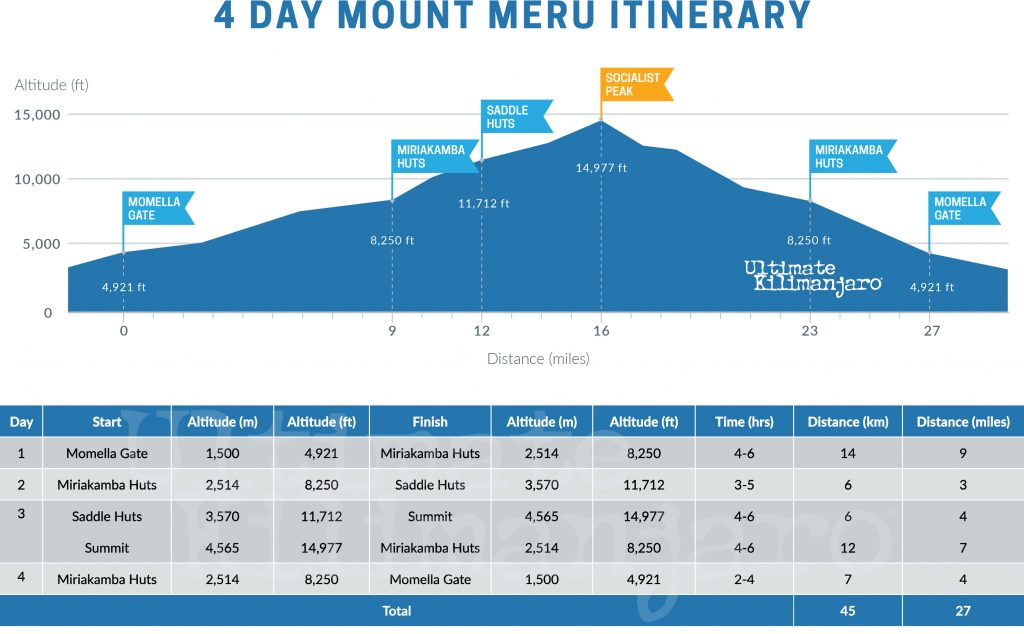
The 3-day variation combines days 3 and 4 into one day. It has a tougher pace, requiring a full descent on summit day, which can be challenging as it involves about 12 hours of trekking in one day. The 4-day route offers more time to acclimatize, reduces physical strain by splitting the descent into two days, and allows more time to enjoy the scenery and wildlife.
Most climbers prefer the 4-day option for better acclimatization and a less rushed experience, making the summit day less demanding. The 3-day route is ideal for those on a tighter schedule but requires good fitness and endurance.
What are the Accommodations?
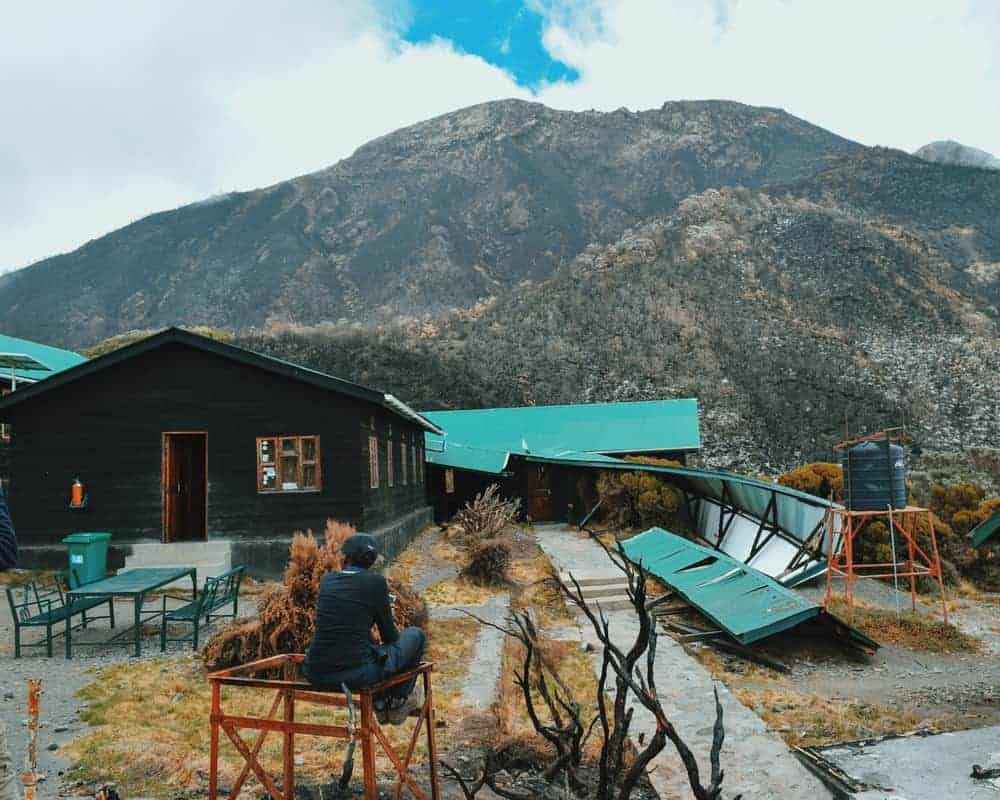
Unlike some climbs where tents are used, Mount Meru provides permanent huts along the route, offering a bit more comfort. These huts are designed to give climbers basic shelter from the elements and a place to rest after long days of trekking.
There are two main huts on the route to the summit: Miriakamba Hut and Saddle Hut. Both are strategically located at key points on the climb, providing rest points that align with the day-to-day trekking schedule. The mountain huts have dormitory-style sleeping arrangements with bunk beds and mattresses, a dining area, and flush toilets. No bedding is provided, so bring a sleeping bag.
How Hard is it to Climb Mount Meru?
Mount Meru is a moderately challenging climb, requiring good fitness. The quicker ascent makes it potentially more difficult than Kilimanjaro. The summit push involves steep climbs and scrambling over rocky ridges, which can be physically demanding. Some sections have ropes to aid climbers, but no technical mountaineering skills are needed. The main challenge is the altitude and rapid elevation gain.
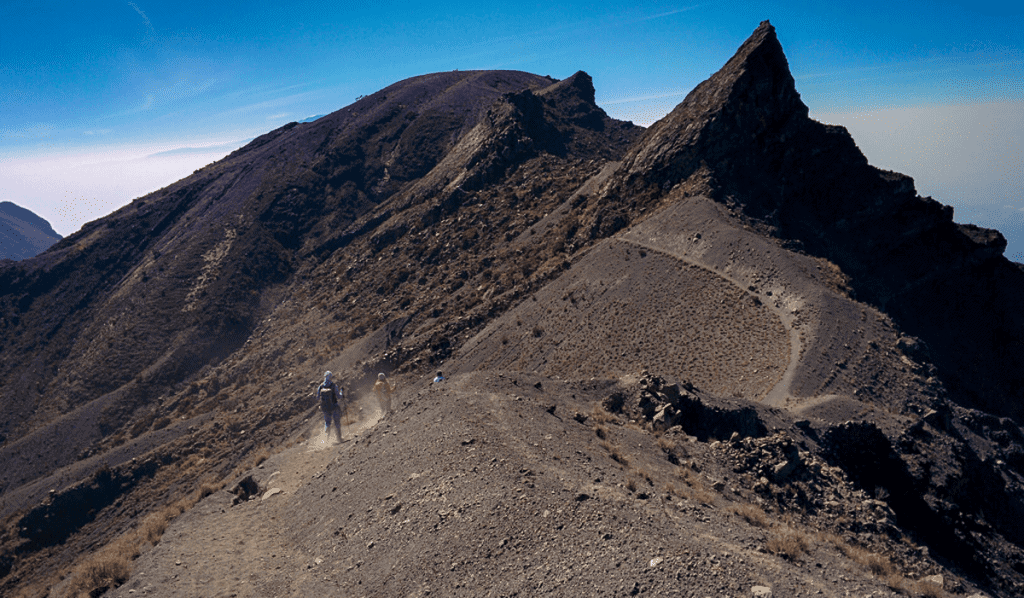
Can Beginners Climb Mount Meru?
Yes. Mount Meru is suitable for beginners. While the climb is not technical, its steep sections and altitude make it more demanding than a typical hike. It’s important to prepare for long days of trekking, the potential for altitude sickness, and the need for proper acclimatization.
What is the Best Time to Climb Mount Meru?
The best time to climb Mount Meru is during the dry seasons, from July to October and December to February. These months offer clear skies, favorable weather conditions, and optimal visibility. Climbing during the rainy season is not advisable because of slippery paths, heavy rain, and reduced visibility, which can make the ascent more difficult and dangerous.
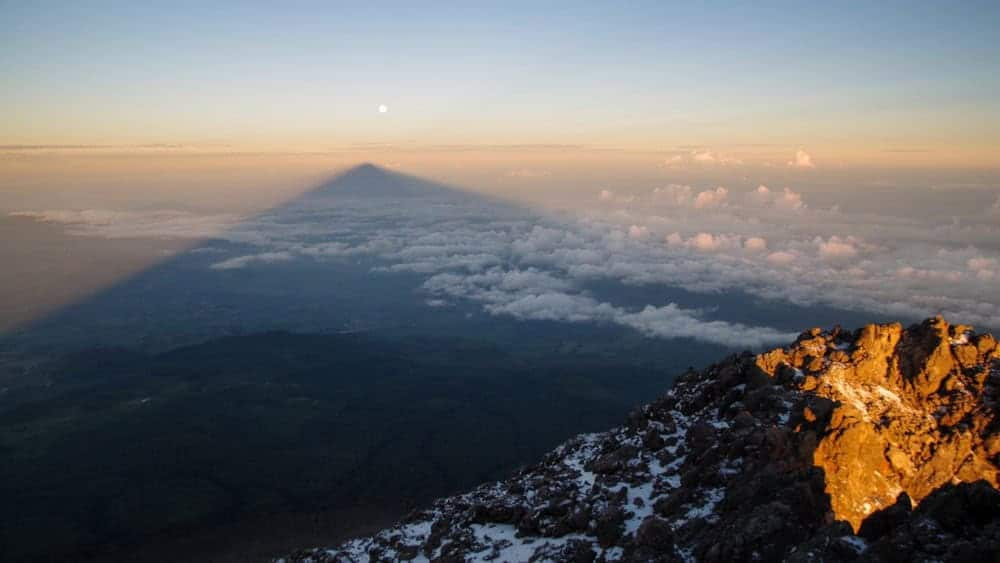
How Dangerous is it to Climb Mount Meru?
Mount Meru is considered generally safe. However, as with any outdoor activity, it is not without risks. The steep ascent and high altitude makes altitude sickness a common hazard. Climbers should familiarize themselves with the symptoms of altitude sickness, such as headaches, nausea, and dizziness, and take necessary precautions to prevent its onset.
Additionally, the upper sections of the climb are exposed to strong winds and cold temperatures. Deaths on Mount Meru are extremely rare. With the support of expert guides and a mountain crew, most climbers complete the trek successfully and safely.
Who Was the First Person to Climb Mount Meru?
The first recorded ascent of Mount Meru was made by Fritz Jaeger, a German explorer and geologist, in 1904. His successful climb brought attention to Meru, though it has remained much less famous than Kilimanjaro.
How Do You Train to Climb Mount Meru?
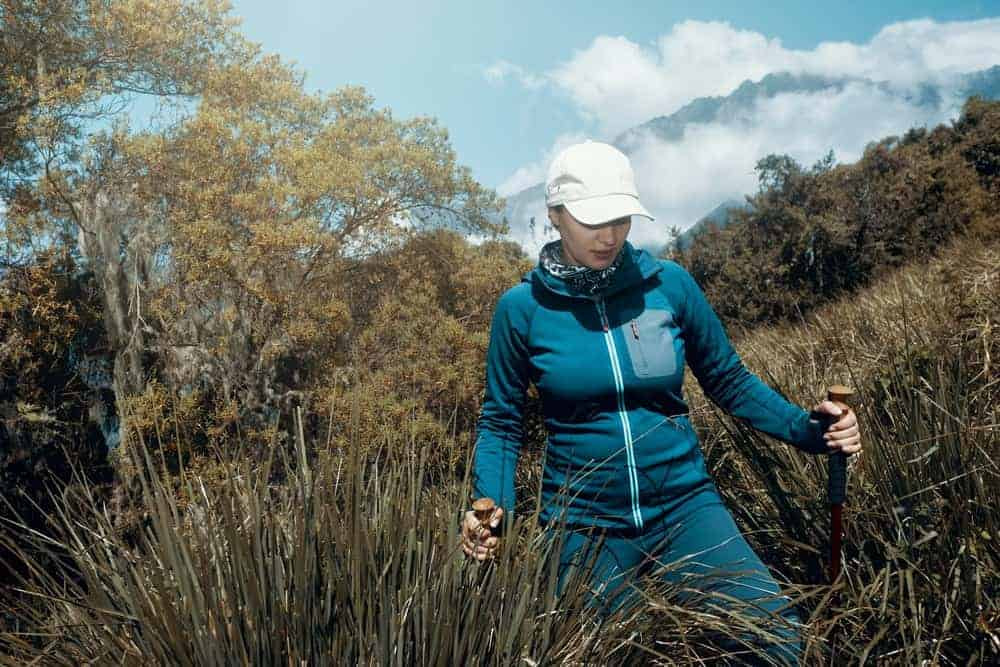
Climbing Mount Meru requires some physical preparation. Although the climb doesn’t involve technical skills, good cardiovascular endurance and leg strength are needed. Training should include aerobic exercises, preferably hiking, to build stamina. Strengthening exercises, particularly for the legs, will also help with the steep ascents. It’s also important to practice hiking at higher altitudes, if possible, to get used to thinner air and avoid altitude sickness.
What is the Cost to Climb Mount Meru?
The cost of climbing Mount Meru varies but generally ranges from $1,000 to $2,000 USD, depending on the number of days, number of people in the party, and guiding services. This price includes permits, guide fees, and accommodation in mountain huts. Compared to Kilimanjaro, Meru is a shorter, more affordable option, making it an attractive choice for climbers on a budget.
How Many People Climb Mount Meru Each Year?
Around 5,000 climbers attempt Mount Meru each year. This is a much smaller number compared to Kilimanjaro, which sees 30,000 to 50,000 climbers annually.

How Does Mount Meru Compare to Kilimanjaro?
Compared to Kilimanjaro, Mount Meru offers a quieter and more intimate experience. Fewer people climb Meru, making it ideal for those who want to avoid the crowds. The trek is steeper and a little more technical, though it can be completed in fewer days. Kilimanjaro, in contrast, takes 5 to 9 days, depending on the route, and requires less scrambling.
Should I Climb Meru for Acclimatization Before Kilimanjaro?
Yes. Mount Meru serves as an ideal warm up for those planning to conquer Mount Kilimanjaro. It is a practical and fun way to reduce the risk of altitude-related illnesses on Africa’s highest peak. The trek up Mount Meru exposes climbers to 14,968 feet (4,566 meters), allowing their bodies to adjust to reduced oxygen levels before encountering this elevatioin again on Kilimanjaro. Climbing Mount Meru before climbing Kilimanjaro generally allows people to choose a shorter route on Kilimanjaro because they are already preacclimatized.
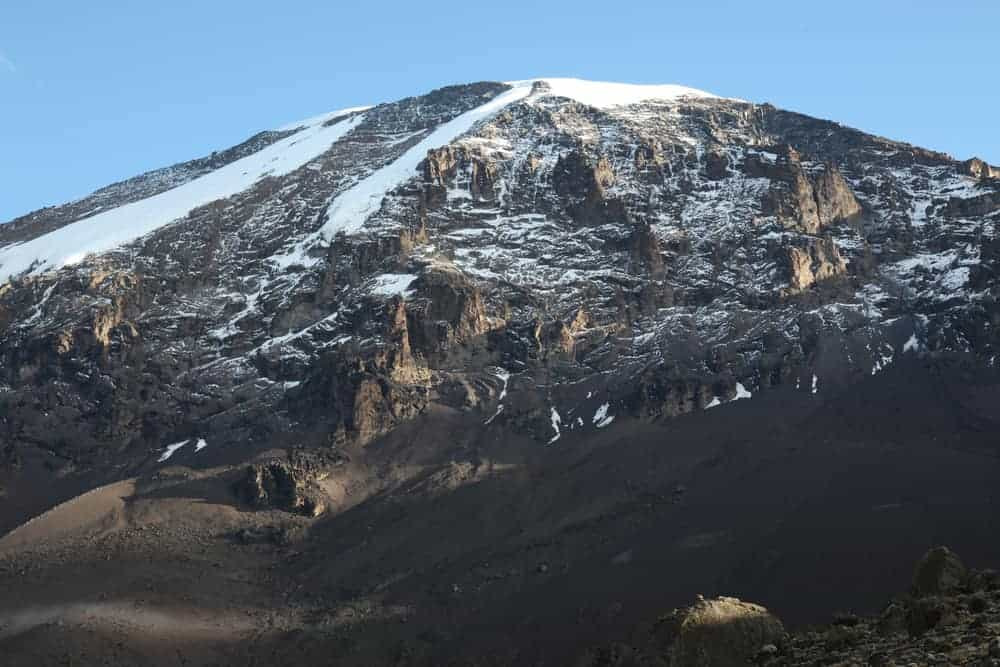
Want to climb Mount Meru? Contact us here.



















































